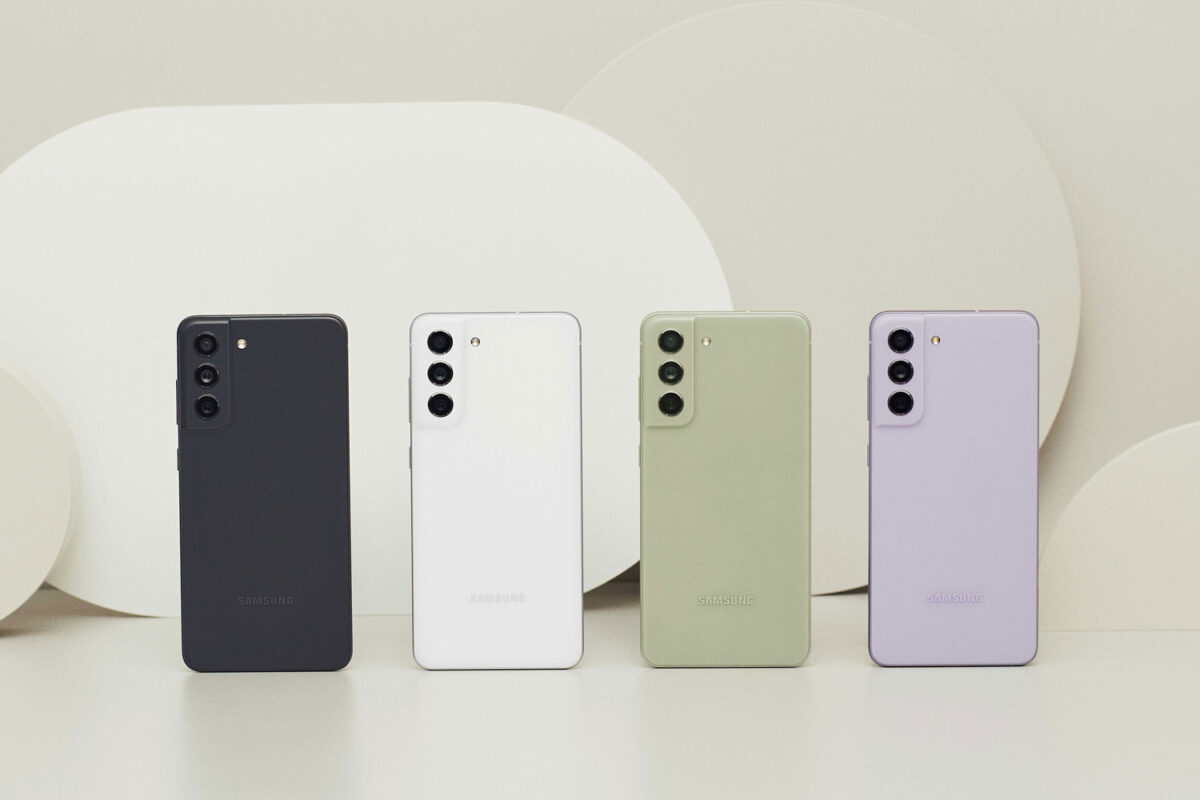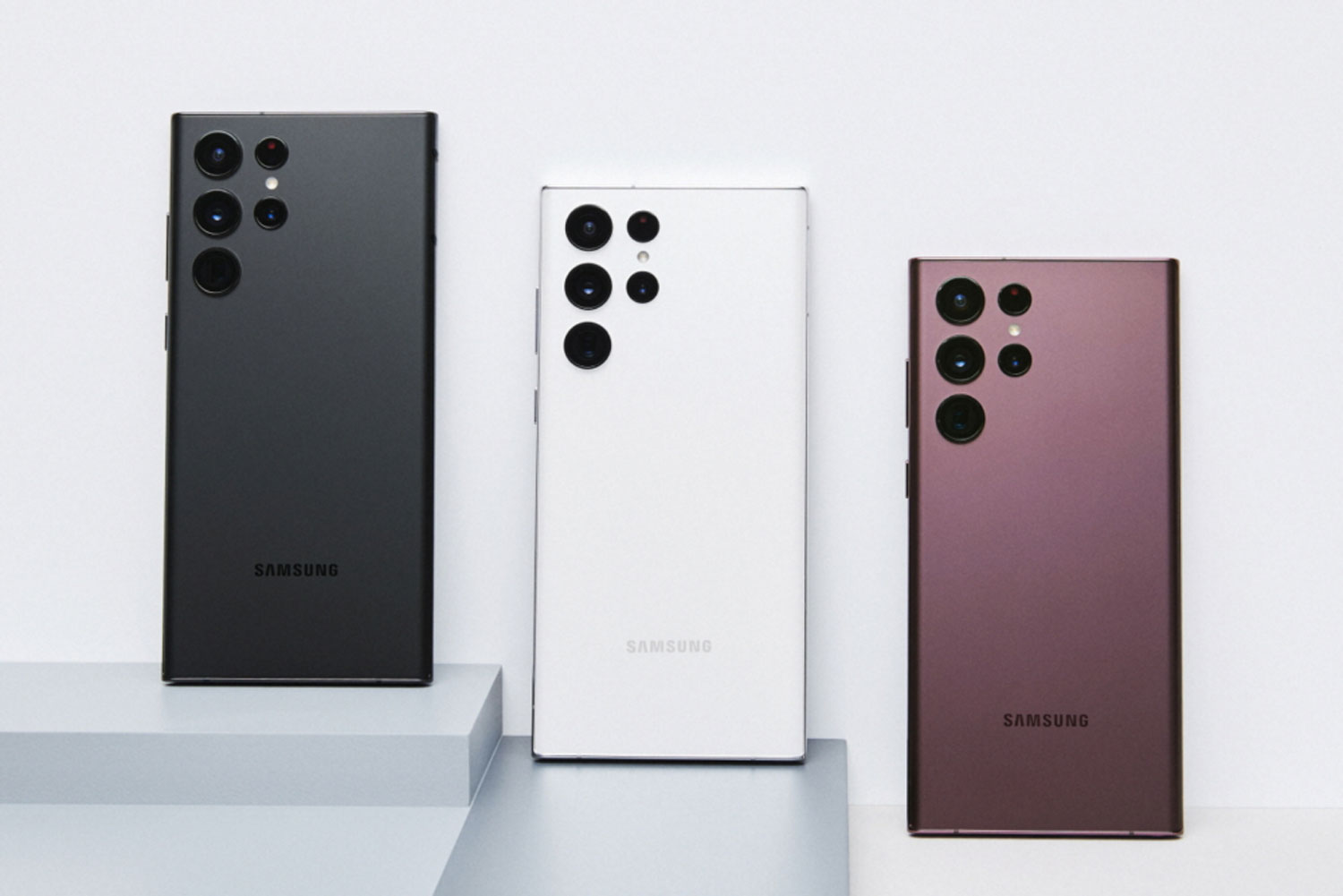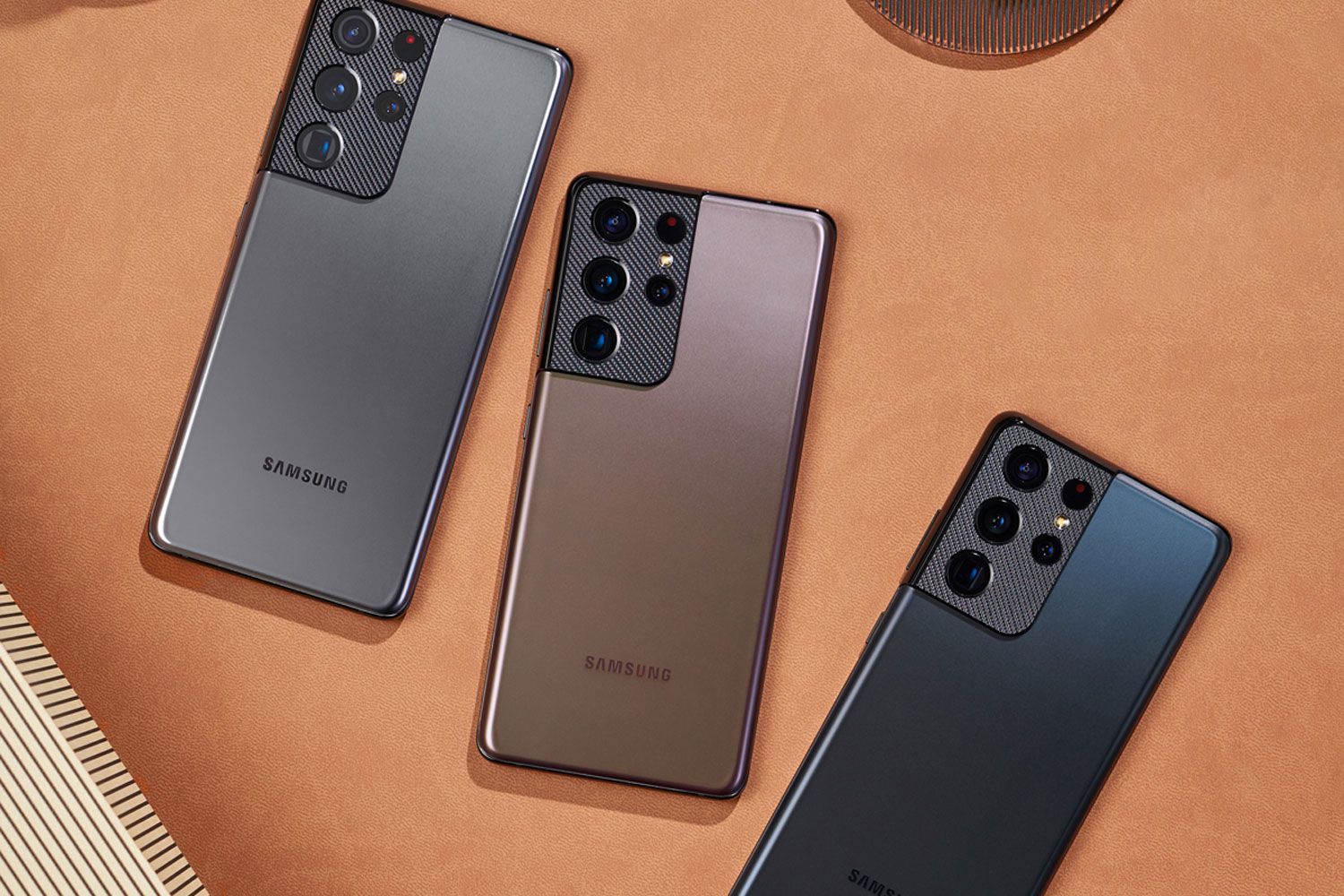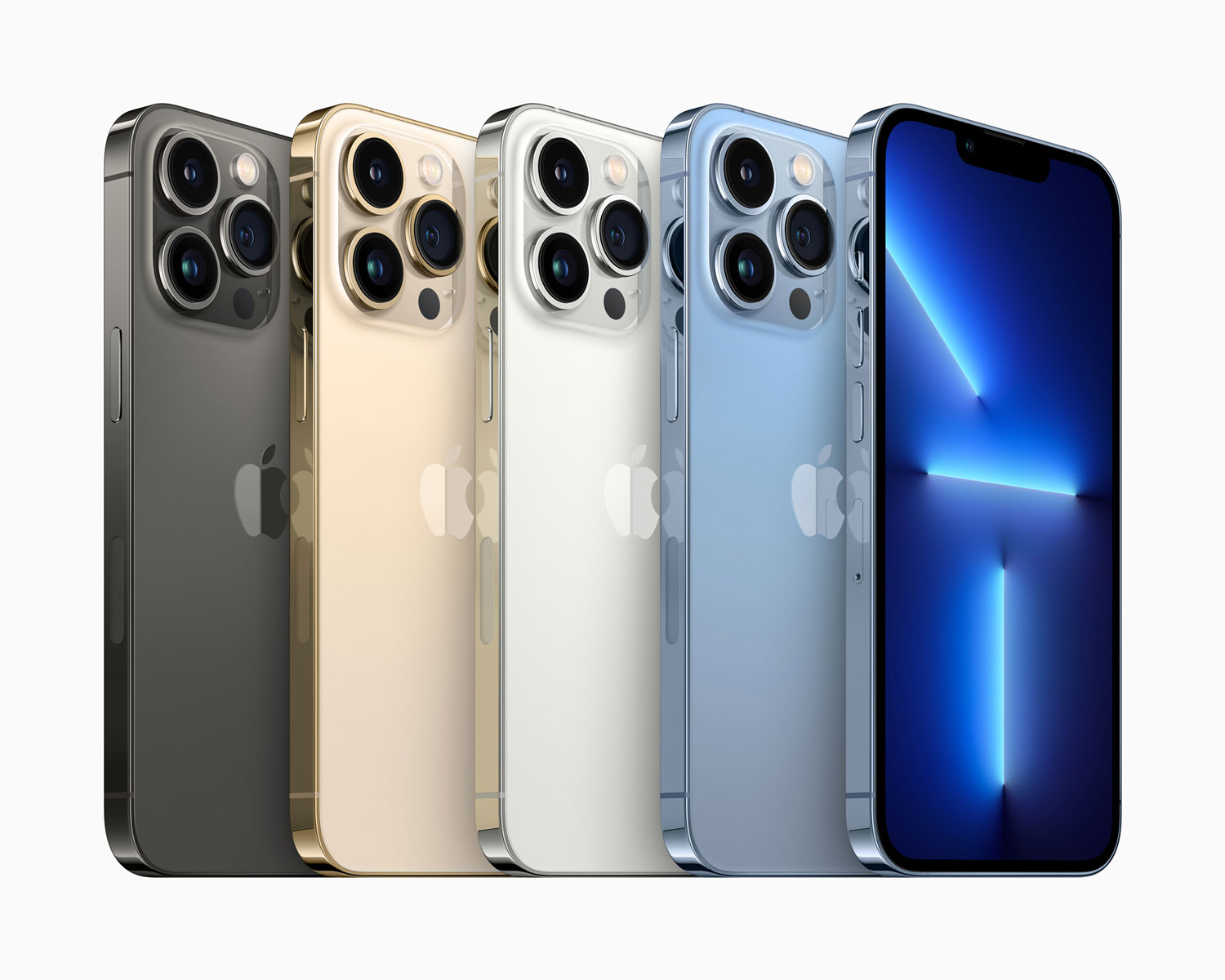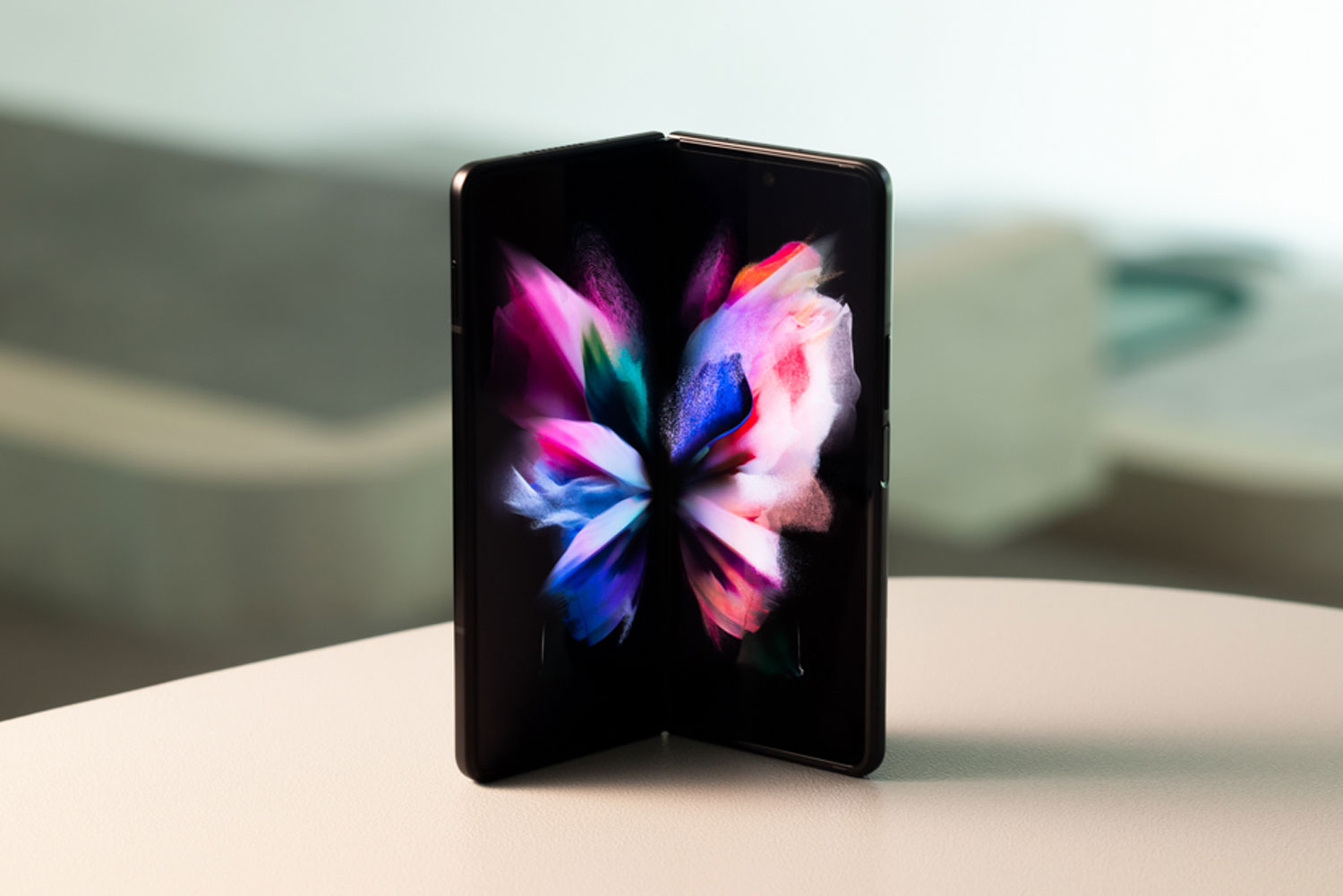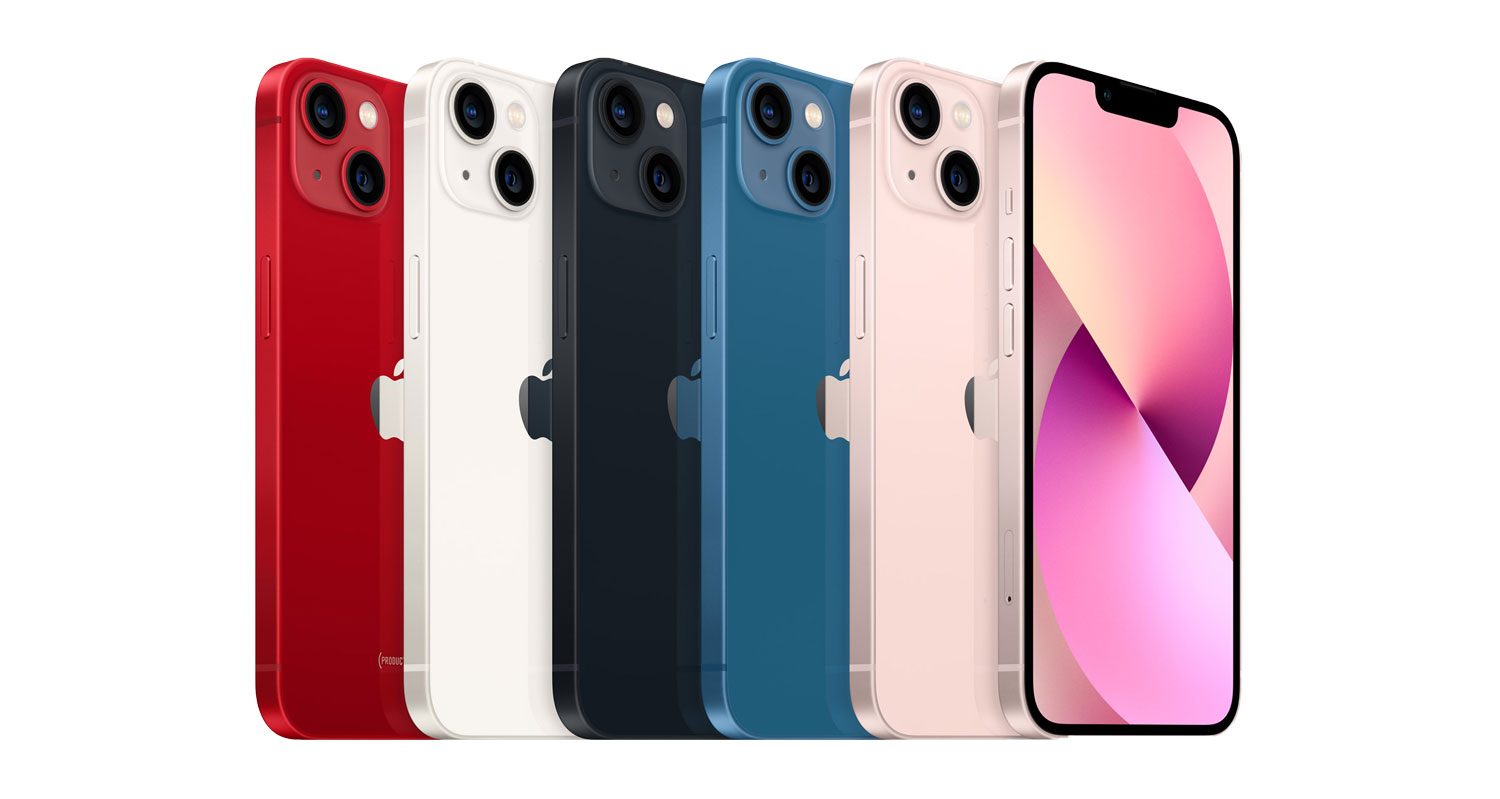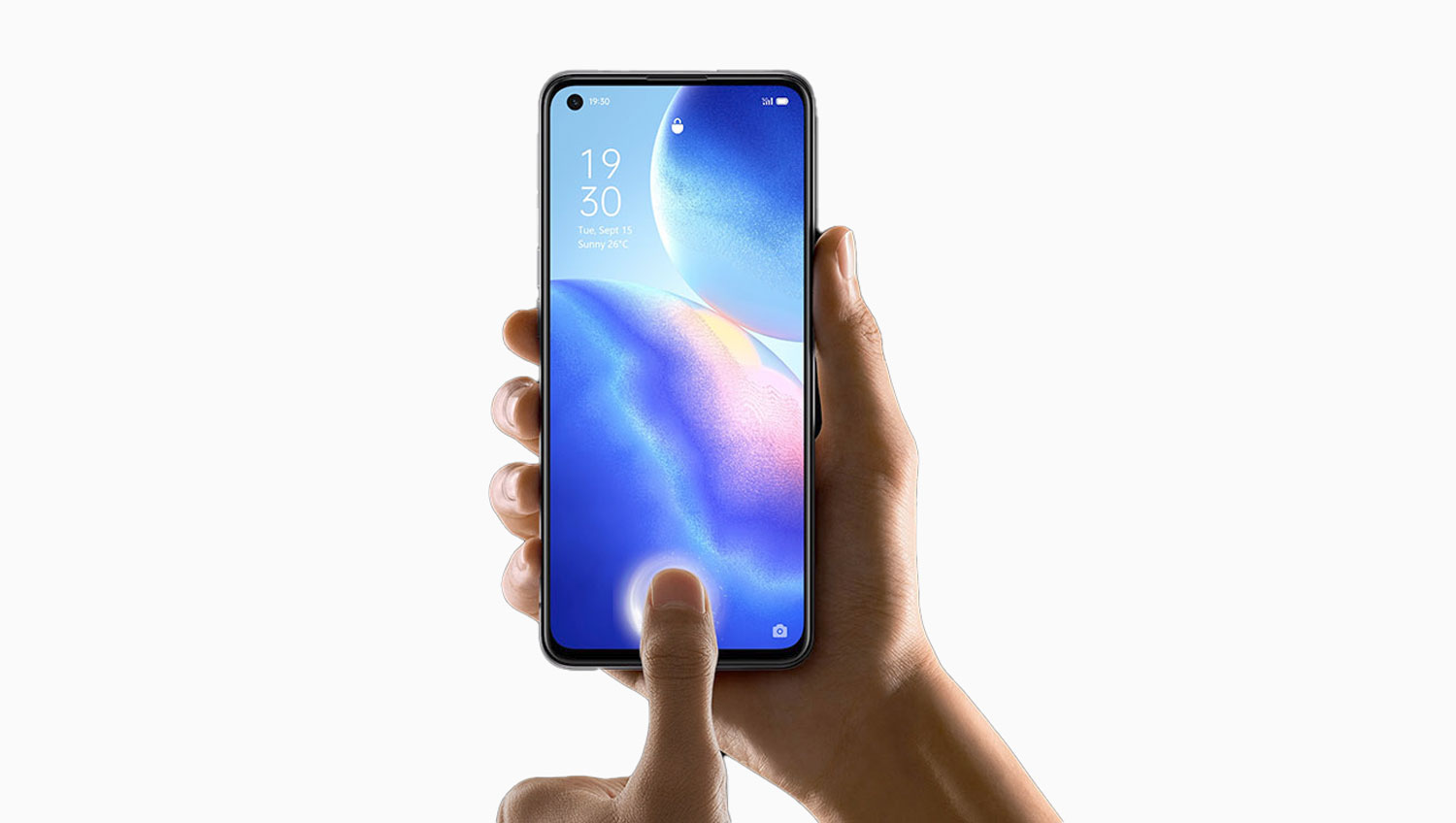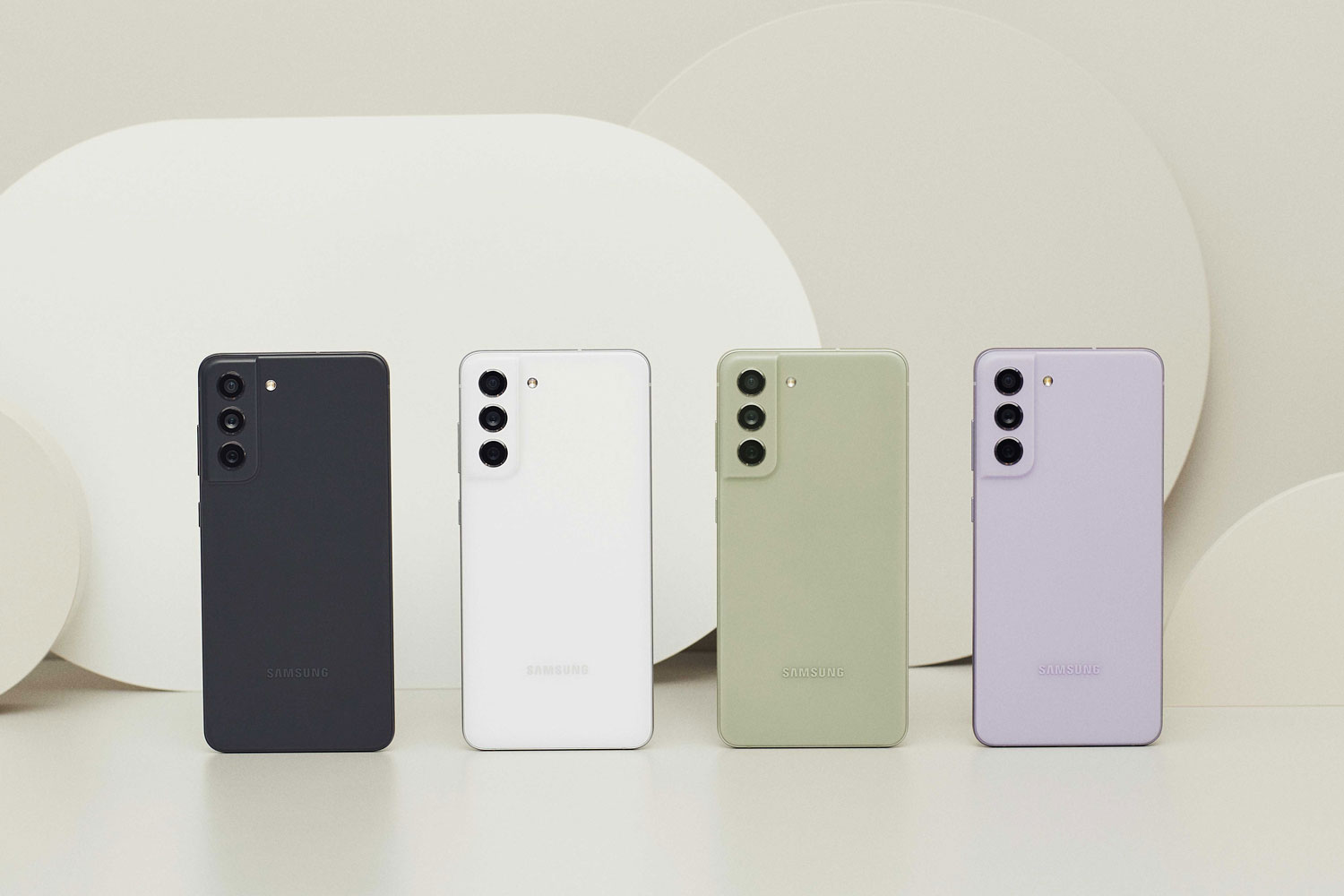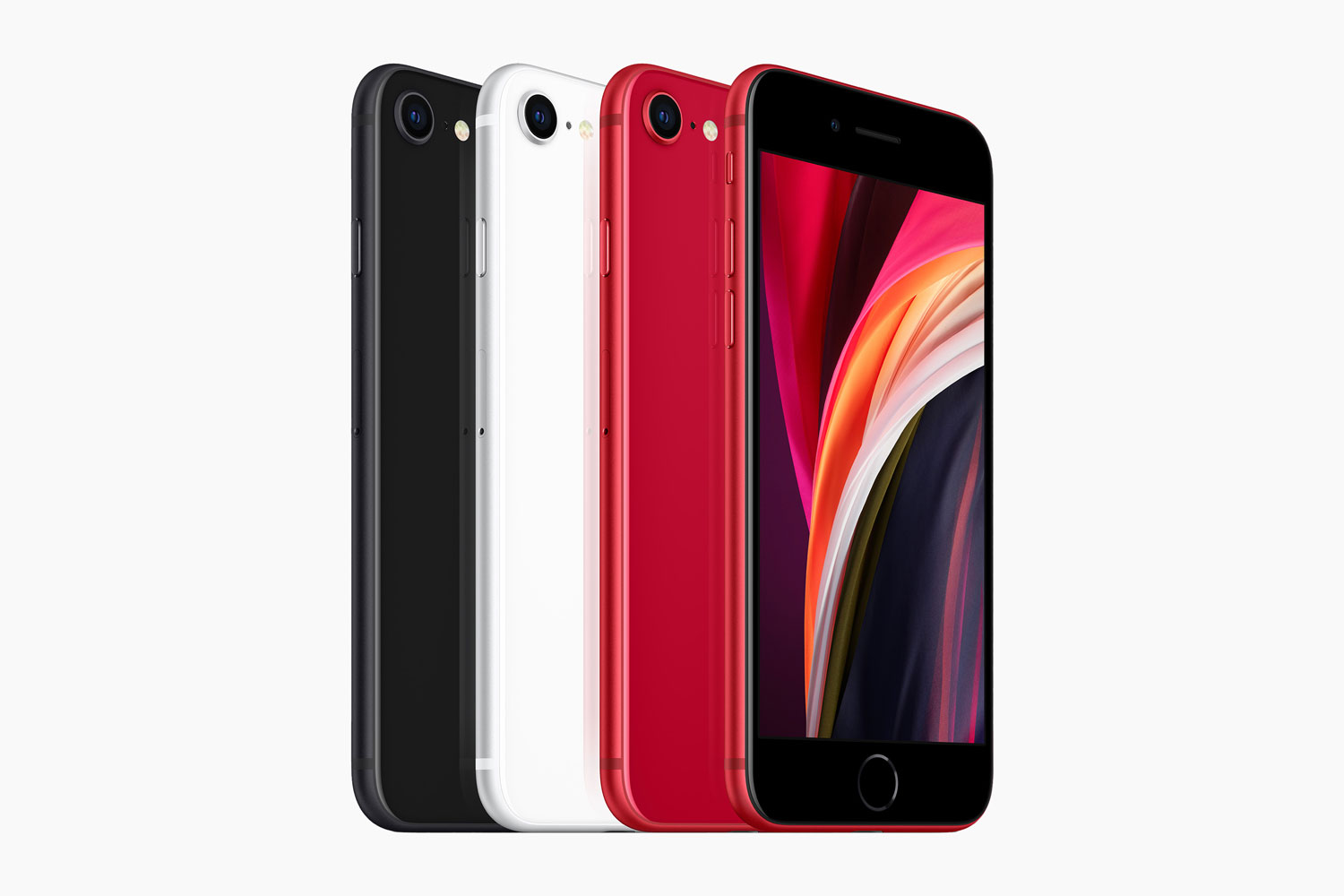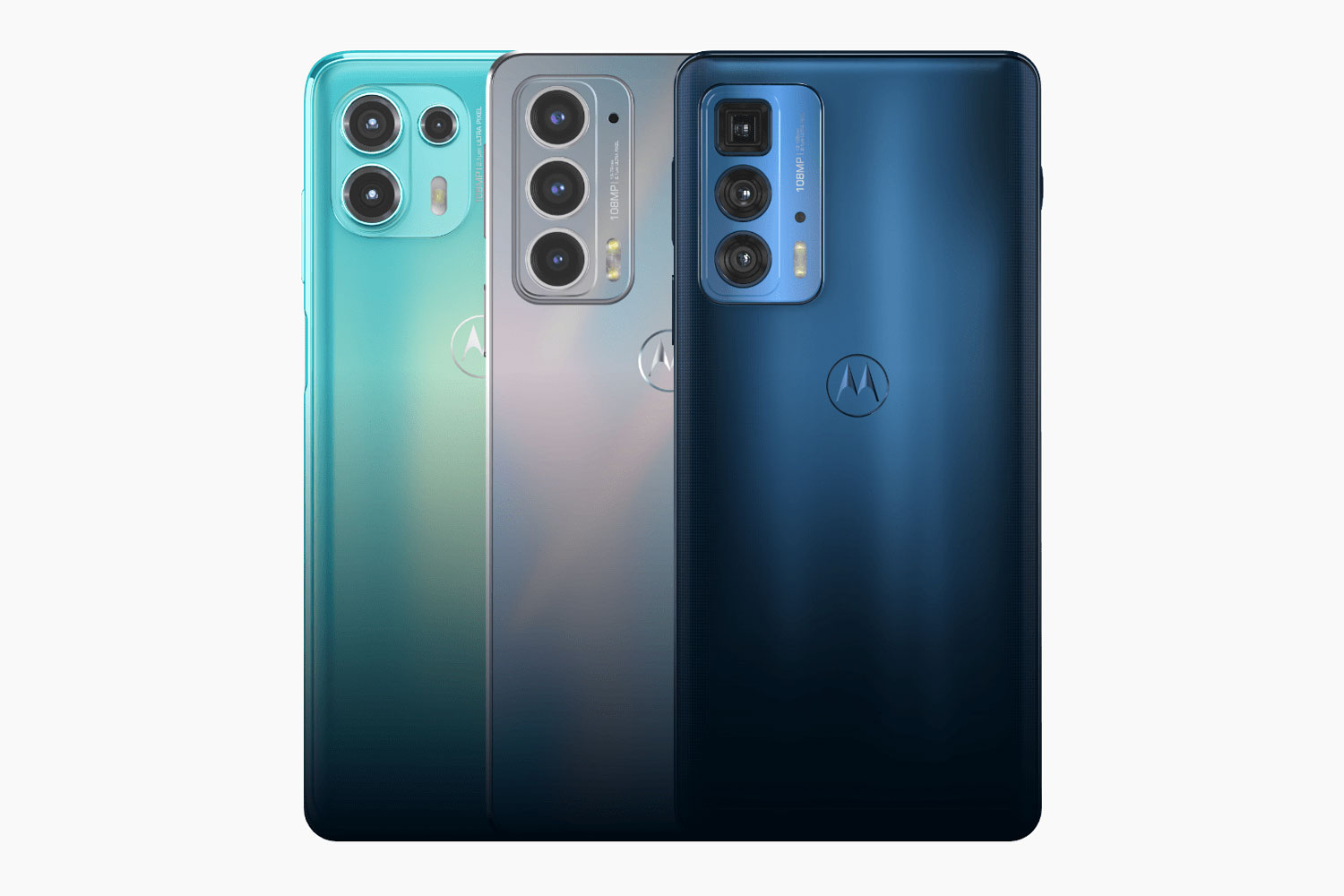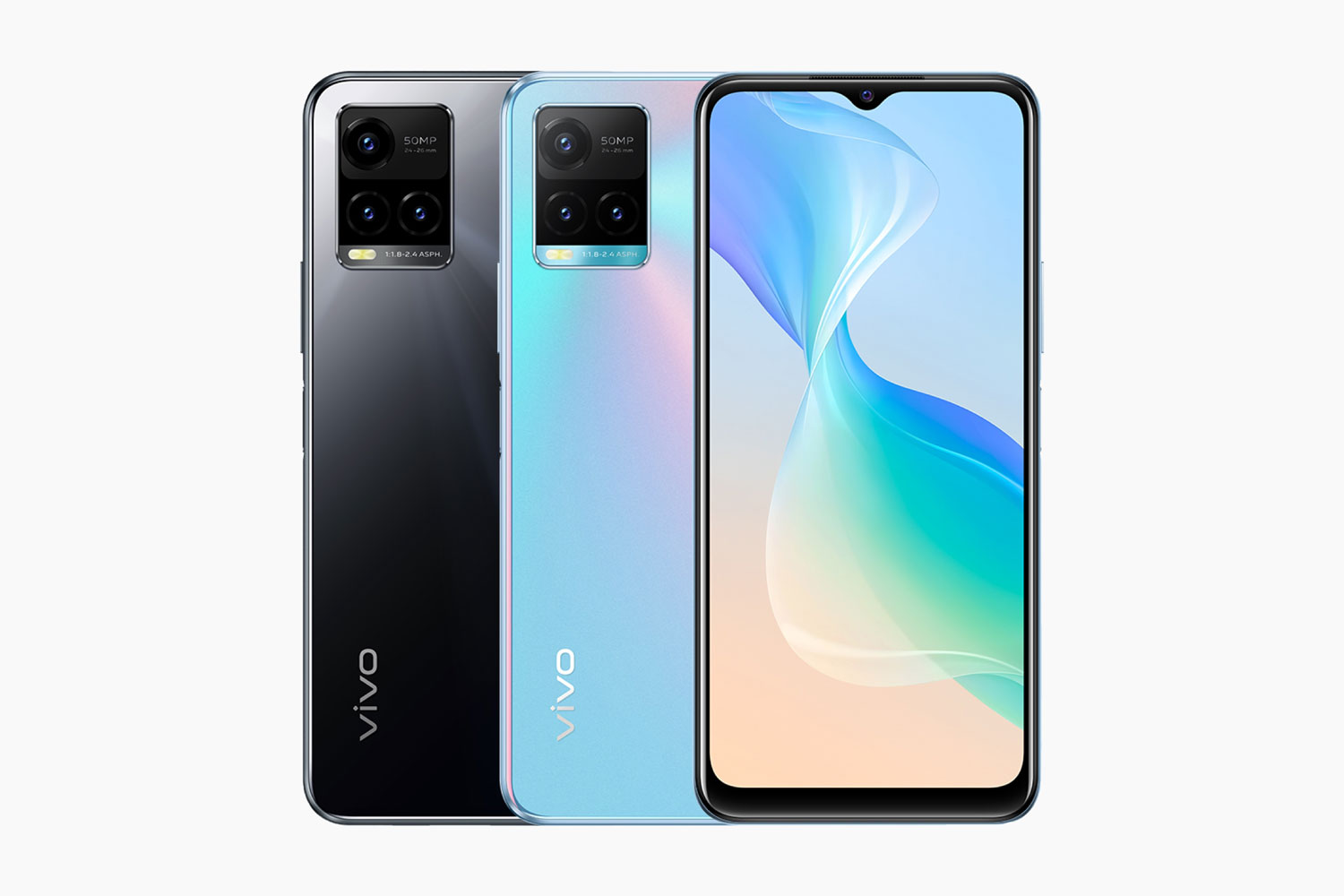If you’re in the market for a new phone then you’ve come to the right place. We’ve rounded up the best phones currently available in Australia, so you can easily compare them against one another and settle on that final decision.
It’s no easy task deciding which is the best phone for you, as phone technologies have improved dramatically and now the vast majority of phone manufacturers release phones that offer much of the same experience, so it can be easy to become confused and unsure when looking to upgrade.
We’ve therefore tried to take a lot of the guesswork out of your next smartphone purchase decision by rounding up what we consider to be the best phones available right now. Ultimately, your decision will likely be based on the phone’s OS (operating system) or the brand, as it can become easy to develop loyalty to a certain brand.
We have two main paths to take in 2022: Apple iPhone and invest in Apple’s ecosystem or you get an Android smartphone, which opens up a whole realm of possibilities when it comes to the manufacturer.
Samsung is easily one of the heavyweights in the Android phone arena, and Google has to be commended for its incredible Pixel smartphone. You also have other phone brands such as OnePlus and Sony, along with more budget-friendly phone choices from Xiaomi and Oppo.
Don’t worry if you haven’t heard of some of those phone brands before, we’re about to explain all. These are the best phones to buy in Australia in 2022.
Short On Time? Here Are Our Top Picks Of The Best Phones To Buy In Australia
| Smartphone | Why |
| Samsung Galaxy S22 Ultra | Best Android Phone |
| Apple iPhone 13 Pro | Best Apple Phone |
| Vivo Y33s | Best Budget Smartphone |
| Apple iPhone 13 Pro | Best Camera Phone |
Read Next
Samsung Galaxy S22 Ultra
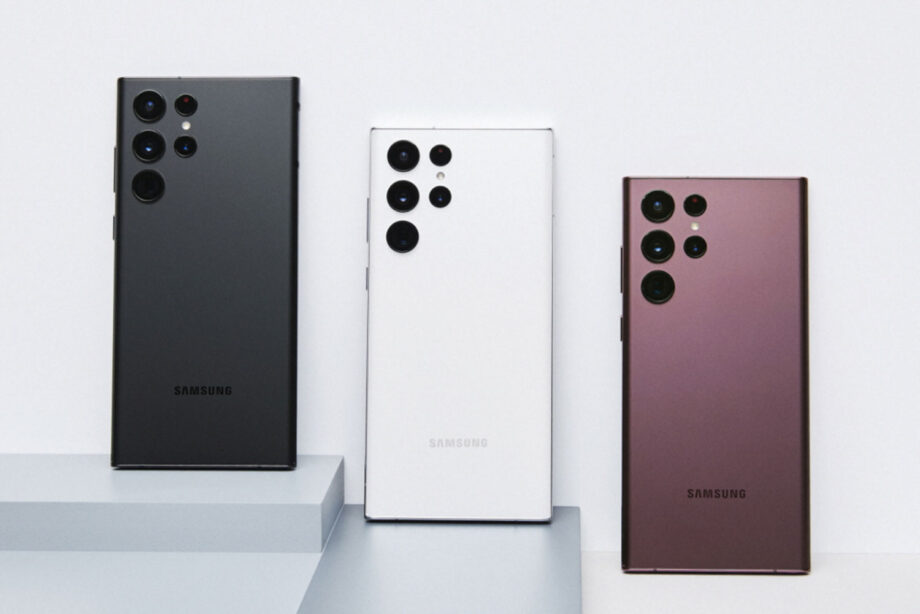 1/11
1/11
Samsung’s very latest phone, the S22 Ultra, is comfortably it’s best smartphone yet. It combines the very best features of the Galaxy S flagship series of phones with the best features of the Galaxy Note phone series, to create one of the best phones on the market today.
The Samsung Galaxy S22 Ultra is, in our opinion, the best-looking Samsung phone released so far, and potentially even the best-looking Android phone. It’s a large phone, make no mistake, but it needs to be to accomodate the 6.8-inch Dynamic AMOLED 2X screen, which is simply gorgeous and packed with detail. It will go incredibly bright – it’s easily one of the brightest displays you’ll find on any phone right now – and with an automatic 120Hz refresh rate (which automatically adjusts depending on the content you’re viewing) it comfortably competes with the Apple iPhone 13 Pro series.
The design of the rear camera assembly is markedly improved over the S21 Ultra, as the external housing has now been omitted in favour of five holes that sit more flush in the casing. And, speaking of cameras, the Samsung Galaxy S22 Ultra is the owner of one of the best phone cameras around right now. There isn’t an awful lot to distinguish it from the camera of the Galaxy S21 Ultra, however, the main 108-megapixel sensor now has larger pixels, which means it can absorb more light, resulting in better low-light photos.
Elsewhere the Galaxy S22 Ultra is an exceptionally fast phone to use in day to day life thanks to Samsung’s own Exynos 2200 processor, and with the company’s own One UI OS running over Android 12, it’s easy to navigate and is a joy to use. Where the Galaxy S22 departs from the conventional Galaxy S phone features is the integration of Samsung’s S-Pen stylus, a feature borrowed from the Galaxy Note. While other Galaxy S smartphones are compatible with the stylus, the S22 Ultra is the only one to have a storage hole for it integrated into the phone. For most people, however, it’s unlikely to see much use, as in all realness, it doesn’t offer a hugely different or exciting experience. Plus, the curved design of the S22’s display make it easy to hold and use, despite its size. Although we accept this will come down to personal preference. If you’re a fan of the Note series and are in need of a phone upgrade, then the Galaxy S22 Ultra is the phone for you.
One slight downside to the Galaxy S22 Ultra is, unfortunately the battery life. It is big, which should be expected for a flagship phone of this calibre, but because of the large display and the brightness, you’re only likely to get at most a full day of use. But, when looking at the Galaxy S22 Ultra phone as a complete package, this is one real minor inconvenience. On the whole, this is an incredibly accomplished phone and easily one of the best phones available to buy right now.
Samsung Galaxy S21 Ultra
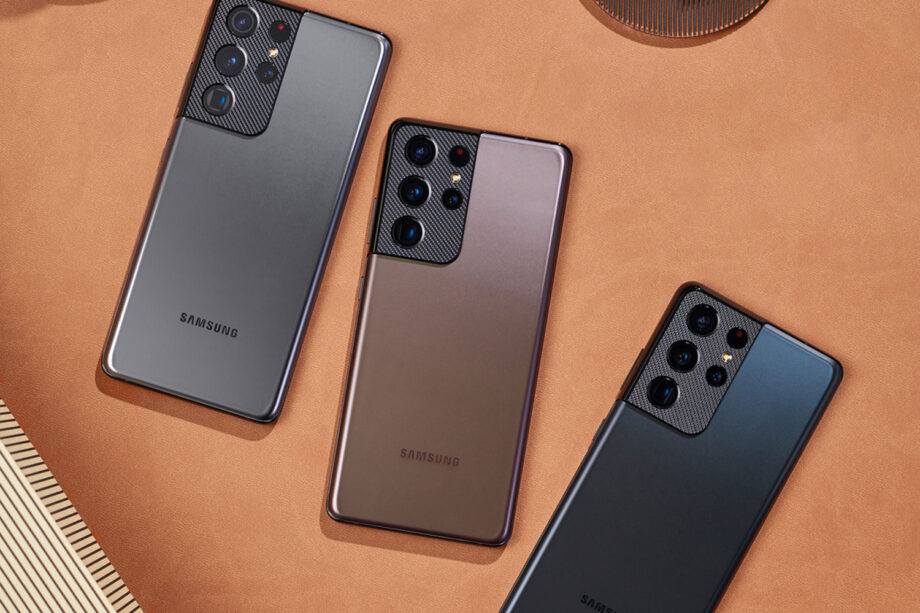 2/11
2/11
Choosing the best Samsung smartphone is no easy task since the South Korean manufacturer makes a whole range of pretty damn good phones, but the Galaxy S21 Ultra is easily the company’s most comprehensive offering right now. In true Samsung fashion, build quality is exemplary and the quality of the screen is to die for. It really does have one of the best screens on any smartphone right now.
A smartphone’s camera is one of the main features that set different models apart, and in the Galaxy S21 Ultra, you get one of the best smartphone cameras around. Offering no less than four sensors, you get a 108-megapixel main sensor, 12-megapixel ultra-wide sensor and two telephoto lenses coming in at 10-megapixels each. Oh, and there’s a 40-megapixel camera on the front for those all-important selfies.
The full rundown on how all those sensors work in tandem can be a bit confusing, so to make it simple, you can be sure of great photos day or night.
As for everything else that makes up a modern smartphone’s headlines, the Samsung Galaxy S21 Ultra runs on the company’s latest Exynos 2100 processor (in other regions it could be the Qualcomm Snapdragon 888) which results in lightning-fasti navigation around the menus and the opening of apps. It also makes this smartphone a dab hand at gaming, if that’s what you’re into.
On the software front you get the very latest Samsung One UI 3.1, which is based on Google Android 11. This means you get full access to the Google Play Store suite of apps, along with an easy-to-navigate interface that shouldn’t pose too many problems for you, if you’ve owned Android smartphones in the past.
Battery life can be considered good, but not necessarily great, but as with any smartphone, it depends on how you use it. If you spend barely any time away from it and choose to scroll through TikTok, watch videos and play games, expect to have to charge it every night. There’s no charger in the box anymore, as a heads up, so you’ll have to source your own.
Yes, the Samsung Galaxy S21 Ultra is expensive, but no more so than other flagship smartphones to offer similar experiences. If you’re a devoted Android fan, the Samsung Galaxy S21 Ultra is currently the best android smartphone to buy.
We have no doubt the Galaxy S22 Ultra will improve upon the S21 Ultra, so we can’t wait for it to be released on March 3.
Apple iPhone 13 Pro
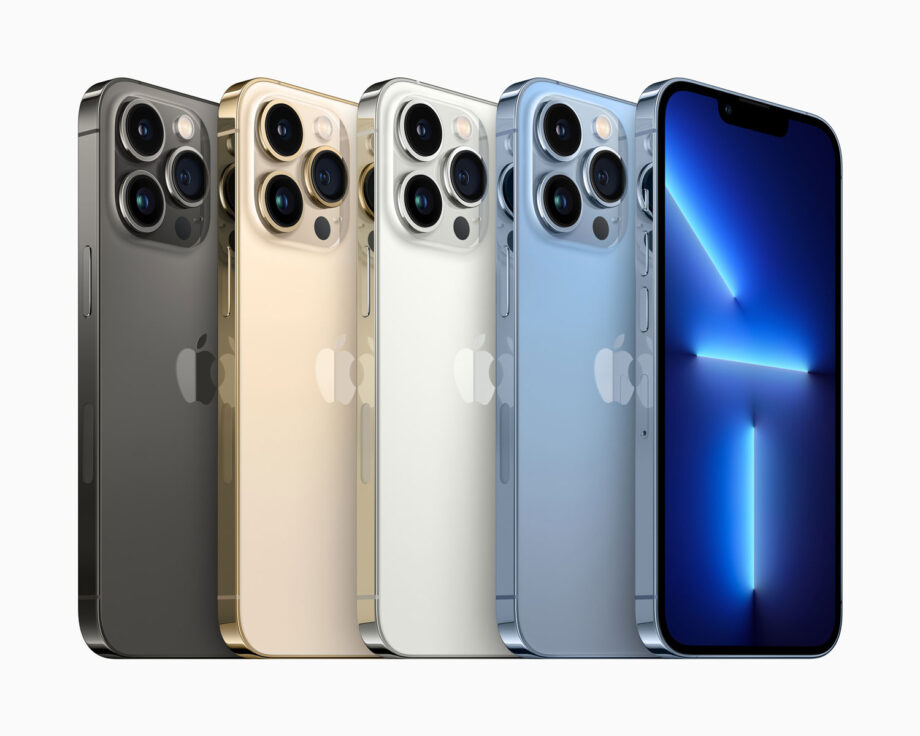 3/11
3/11
Love them or hate them, there’s no denying Apple sure does know how to make a desirable phone, and the iPhone is the one we all simply have to have. The Apple iPhone 13 Pro is the Californian company’s latest model and in true Apple talk it’s “their best ever.” While you can get the (slightly) more affordable iPhone 13, the iPhone 13 Pro is the one to get if you want to take some incredible photos.
While it would be fair to say as an overall package, there isn’t much to separate the iPhone 13 Pro from the iPhone 12 Pro, the upgrades to the camera are of particular note. You still get three camera lenses (the same number as on the iPhone 12 Pro) but the sensors are larger this time around. This does mean the camera enclosure sticks out a fair bit from the rear of the phone, so you’ll definitely want to get a case for it to help it sit more flush on a surface.
These new sensors give the iPhone 13 Pro a new macro mode, which allows you take detailed photos when incredibly close to the subject, and it does so automatically. They also mean night photography is dramatically improved, and the results are some of the best low-light photos currently possible on a phone.
Elsewhere it’s a typical Apple affair. The display is gorgeous and on the Pro model, it offers a refresh rate of 120Hz. While this may not matter to most, it does mean scrolling through web pages and playing games will be noticeably more smooth. The best part is that the screen automatically adjusts the refresh rate to suit the content on screen to save on battery.
The company’s latest A15 Bionic processor provides more than enough speed to swipe your way through menus and apps load quickly. It also allows for some clever processing work behind the scenes when taking photos and videos for example, resulting in a rather pleasant experience.
Of course, to get the true benefits of the Apple iPhone 13 Pro, you need to be invested in the Apple ecosystem. If you have a Mac, iPad or an Apple Watch, you’ll feel right at home here, with continuity between certain apps making for a seamless experience. Similar to the Galaxy S22 Ultra, the Apple iPhone 13 Pro isn’t cheap, but it’s an incredible device and one of the best phones currently available.
Google Pixel 6 Pro
For those unaware, Google has been making its own phones for several years now and, while initially they could have been seen as more of a medium to show off the very latest Android smartphone operating systems, they are now fully-fledged and capable flagship phones in their own right. The Google Pixel 6 Pro is the very epitome of that, and if you can steer away from Apple or Samsung brand loyalty, it offers one of the best phone experiences money can currently buy.
From a design perspective, there is much to like about Google’s flagship smartphone. While at first glance it could be confused for the Galaxy S21 Ultra, it is actually a more retro-looking device, and we simply adore the curved screen that flows around the edges. Speaking of the screen, it offers a huge 512 pixels per inch (ppi). What this essentially means is that quality is incredibly high, and contrast levels (blacks and whites) will be reproduced incredibly well. Technically, it’s a more detailed screen than what you get on the iPhone above.
Once again, the camera is the main talking point here but the Pixel 6 Pro takes a slightly different approach to its competitors. Google is all about ease of use, and you’ll struggle to find a phone camera that is as much a ‘point and shoot’ like this. Google has worked its magic to make the phone do most of the work for you using a series of complex computational processes behind the scenes. The result? Some genuinely outstanding photos, in all light conditions. You don’t even need to necessarily switch to night mode to see low-light photos given some real pop. It’s quite remarkable.
As for software, it’s Android obviously, and the very latest version at that (plus it will be the first to receive new iterations). It’s incredibly easy to use, offers plenty of customisation and overall is a fuss-free experience. It’s incredibly polished and one we’re sure anybody will be able to get the hang of.
But perhaps the best thing about the Google Pixel 6 Pro is the price. While others on this list charge upwards of $1,500 for their flagship models, Google’s pricing starts much lower, yet offers a similar, if not better phone package. As we said earlier, if you can tear yourself away from the lure of Samsung and Apple, the Google Pixel 6 Pro is easily one of the best smartphones on the market.
Samsung Galaxy Z Fold3
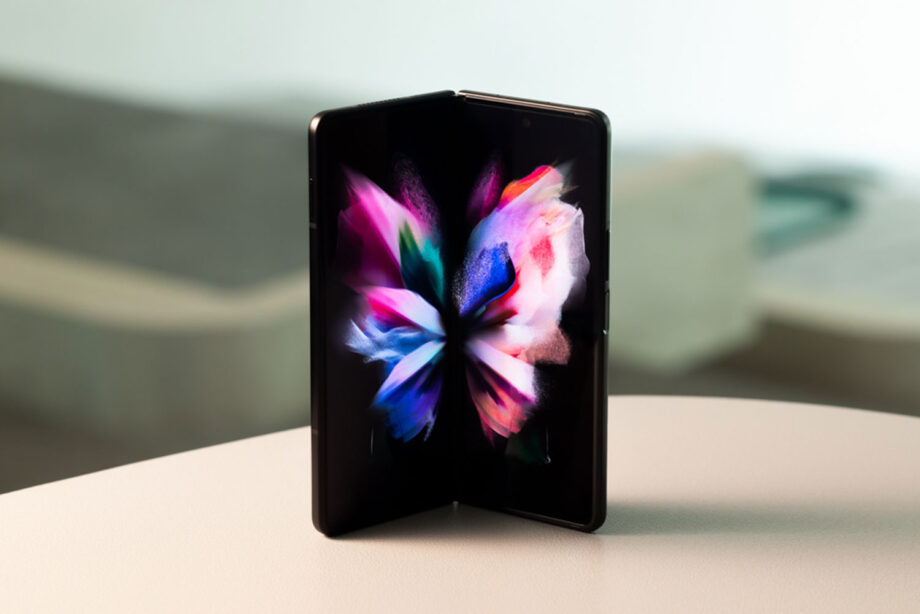 5/11
5/11
For some phone buyers, only the very latest and most innovative device will do, and that’s exactly what you get with the Samsung Galaxy Z Fold3. If money really is no object, this is the phone to have. Foldable phones have been teased for some time, with many manufacturers wanting to combine modern-day devices with the nostalgic charm of flip phones. The Samsung Galaxy Z Flip3 also answers this demand, but the Fold3 is the one to really take folding phones into the future.
What you get here is a smartphone that can be used when folded up, with a 6.2-inch display on the front that will show you everything you need, as well as enabling you to flick through the phone’s various menus, make calls and send messages. But the party trick is the reveal of a 7.6-inch display when you unfold the Z Fold3. This huge display makes viewing web pages that much more enjoyable and it allows for some great multi-tasking options, such as having emails open on one side and your Instagram feed on the other.
The triple-lens camera system isn’t quite as complex or realistically as good as what you’ll find on the S22 Ultra or even S21 Ultra, but it will still return you some exceptionally good photos. But, when you’re paying over $2,000 for a smartphone, it’s fair to expect a little more. But you’re more likely to be buying the Galaxy Z Fold3 for the pure fact you can show off to others how up-to-date you are with your gadgets, and for that reason alone, it’s worth every cent.
Put simply, if you’re looking for the best folding phone, look no further.
Apple iPhone 13
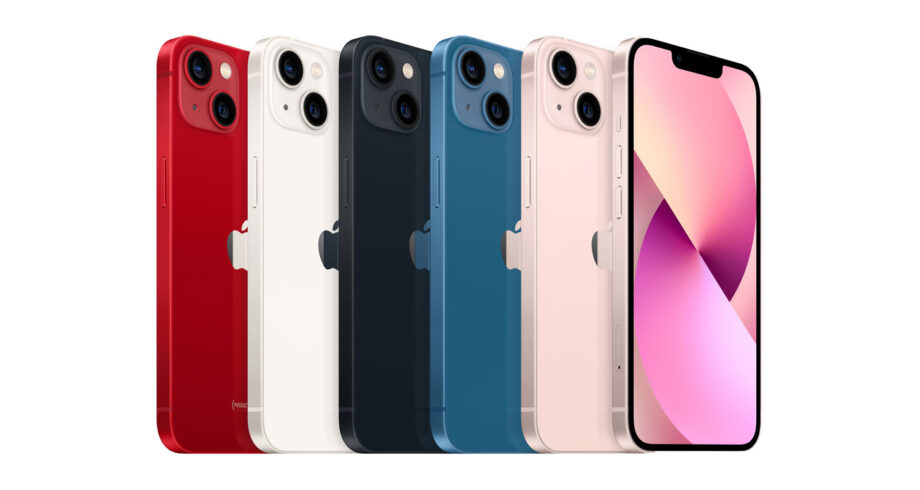 6/11
6/11
The Apple iPhone 13 Pro and Pro Max are easily the best Apple phones, but we admit that they won’t be for everyone, partly because of their price. The iPhone 13, meanwhile, could be seen as the iPhone for everybody. It’s a fantastic all-rounder of a phone and is still an incredibly accomplished performer, even when compared against the iPhone 13 Pro series, and is far more affordable.
As is now almost customary for Apple, the upgrades over the iPhone 12 are subtle, so those who already own the iPhone 12 may not feel much of a need to upgrade. However, with upgrades being applied to key areas such as the camera and processor, there is definitely a lot to whet the appetite not just of Apple fans, but for anyone who is looking to upgrade their phone. The iPhone 13 features the same A15 Bionic processor as found in the iPhone 13 Pro (the Pro is still a bit quicker as it has an extra GPU core), so you still get incredibly fast performance, with apps and webpages loading quickly. The upgrades to the processor and the integration with iOS 15 also bring improvements to battery life and efficiency.
In terms of camera and photography, the iPhone has always been a top performer. Yes, the iPhone 13 Pro and Pro Max are some of the best camera phones available right now, but the iPhone 13 is certainly no slouch. There still isn’t much of a physical upgrade compared to the iPhone 12, but the sensors on the iPhone 13 camera let in more light, which helps to seriously improve low-light photography. Unless you’re a professional photographer who will notice the slightest differences in detail in your pictures, the iPhone 13 will more than suffice. It takes glorious photos packed with detailed, good colouring and great contrast. It’s lovely.
Design-wise, the Apple iPhone 13 looks the same as the iPhone 12. It uses the same flat design which we personally love. The most obvious difference is that the rear cameras are now arranged diagonally instead of vertically, and this has been done to accomodate those larger sensors previously mentioned. The notch on the front of the phone has been made slightly smaller too, although unfortunately, Apple hasn’t done much to take advantage of the slight increase in display area.
With the iPhone 13, Apple has made the decision between choosing the standard phone or upgrading to the Pro model one of the most difficult. There really isn’t much to separate these two phones, save from a few upgrades to the camera that the Average Joe probably won’t miss. We’d still say the iPhone 13 Pro is the best Apple phone of the moment, but the iPhone 13 is still one of them best phones in Australia.
Oppo Find X3 Neo
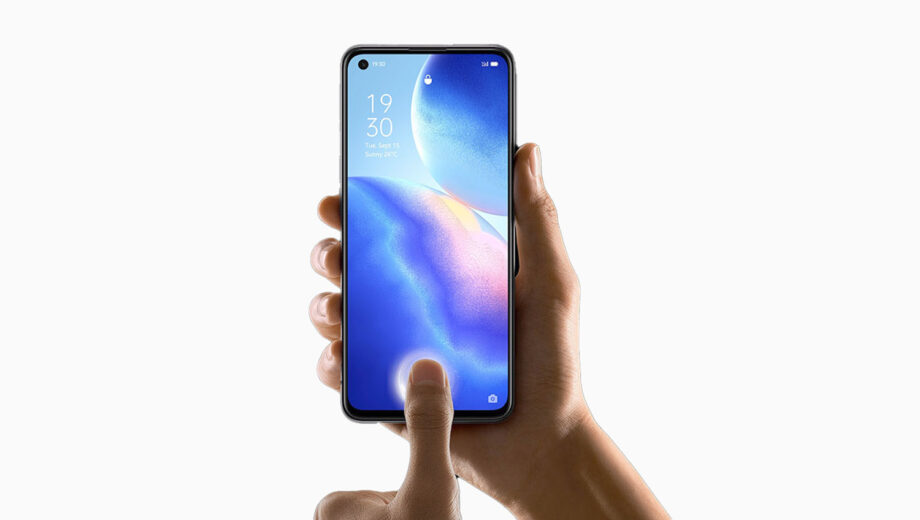 7/11
7/11
Chinese smartphone manufacturer Oppo could be one you’ve not heard of before, such is the sheer weight and blanket coverage enjoyed by the likes of Samsung and Apple, but there is actually much for this brand to shout about. Its phones are regularly on par with the big guns and in some cases, could even outdo them and in terms of mid-range smartphones, the Oppo Find X3 Neo is one of the best. It sits in the middle of Oppo’s current lineup, which comprises the X3 Pro and X3 Lite. The X3 Pro is a great phone too, make no mistake, but some may find it a little gimmicky, and you actually get plenty for considerably less money in the X3 Neo.
On the front, you get a 6.55-inch AMOLED display which is rather lovely. It does away with the large notch found on Apple’s devices, instead favouring a small punch hole in the top left corner to house the selfie camera and Oppo has even managed to integrate the fingerprint scanner (which you use for security purposes) underneath the screen. As for overall design, dare we say the X3 Neo is a bit of a looker. Slender, curvaceous, it’s great. It is worth pointing out, however, that it isn’t protected against water and dust, so don’t go taking underwater pictures in the pool.
Around the back you’ll find a quad-lens rear camera, made up of 50-megapixel wide, 13-megapixel telephoto, 16-megapixel ultrawide and 2-megapixel macro lenses. On paper, that doesn’t necessarily scream mid-range, but rather top-level specs, and in practice, the Oppo Find X3 Neo takes superb photos, even in low-light. Unless you’re a professional photographer, or you have to have the absolute last word in detail from your phone pics, you’ll be satisfied.
In short, there isn’t much that can be faulted on the Find X3 Neo, making it a smartphone you really should consider if you’re in the market for something truly capable, but don’t want to blow a hole in your pocket.
Samsung Galaxy S21 FE 5G
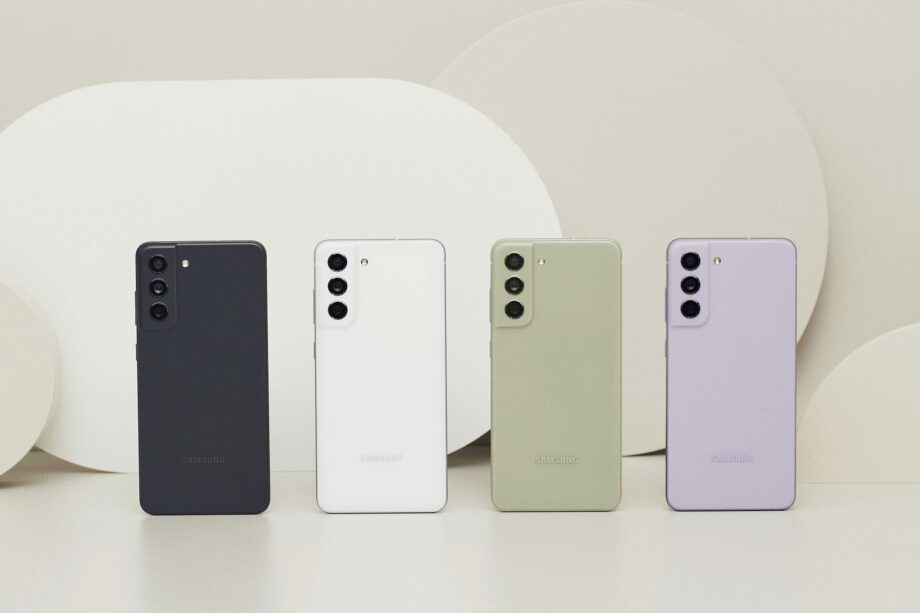 8/11
8/11
Samsung is a smartphone manufacturer that wants to cover all bases, putting a phone in the hands and pockets of as many people as possible. That means it needs to offer more affordable handsets, yet without scrimping on features. Enter, the Samsung Galaxy S21 FE 5G.
The FE stands for Fan Edition, and so what this phone does is offer much of the same experience as the S21 and S21+, for a cheaper price. Size-wise, it actually slots in between the two, although as for the design, there are some minor tweaks. Gone is the display that curves around the edges and in its place is a straight-edge screen, which many may actually prefer. The camera bump is nicely moulded into the back panel too, creating a more seamless illusion.
The 6.4-inch screen uses Samsung’s Dynamic AMOLED 2X panel, which means colours are incredible, blacks are black and whites are white, and ultimately, it’s a phone display that you perhaps should actually be charged more for. So credit to Samsung here, a flagship phone experience without the flagship phone price.
For those who enjoy digging into the numbers and specs, the Galaxy S21 FE 5G uses a slightly lesser-powered processor compared to its S21 siblings, but in practice, you’ll hardly notice, it’s still fast and lag-free. Battery life is pretty good too, but as with Samsung’s other smartphones, you’ll need to source your own charger as there isn’t one in the box.
The triple-lens camera on the back takes photos that certainly live up to the Samsung name. They’re well-detailed and unfussy, and even the most amateur of photographer will be able to get good results.
If you do have to have the absolute best smartphone, then you may want to consider the Galaxy S22 or get the current S21 Ultra. But if you want the Samsung experience without a high price, the S21 FE 5G is the smartphone for you.
Apple iPhone SE
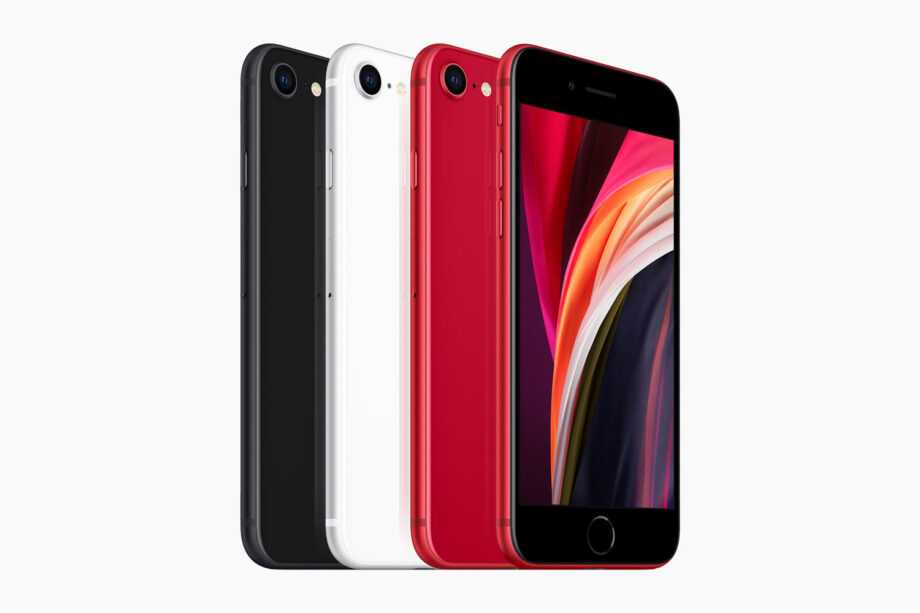 9/11
9/11
Apple is known for charging a lot of money for its products, so when the iPhone SE launched without the accustomed high price tag, many were shocked, and then pleased. The current Apple iPhone SE was launched in 2020, so may now be nearing its second birthday, but it still offers a wholly excellent experience and is the best option for those who want to tap into the Apple ecosystem without spending a large sum.
It does use the now-dated aesthetic of the iPhone 8, which means rounded corners, a glass panel and even a 4.7-inch display, which is simply tiny by today’s standards. There’s even the Touch ID home button at the bottom. Yes, Apple has certainly moved on in terms of design and technology since the iPhone 11, but this is still very much an Apple experience.
Where the iPhone SE differs from the iPhone 8 it replaced is what happens under the hood. Apple has given it the A13 Bionic processor found in the iPhone 11 and iPhone 11 Pro. This means flagship phone performance in what is very much a mid-range handset. In practice, this means you can move quickly through menus, enjoy fast load times for apps and even enjoy a bit of smartphone gaming.
Where the cost-saving does become apparent is in the camera department. You get just a single lens here, which is a 12-megapixel wide-angle. It can shoot 4K video for those who wish to do so, but thanks to the internal upgrades, the processing has been much improved. This means you get Apple’s Portrait Mode for taking bokeh-style photos and even Smart HDR for improved contrast and detail.
It should be reiterated to not go expecting a flagship phone experience with the Apple iPhone SE, but instead, one that allows you to tap into Apple’s ecosystem without having to hand over a shedload of cash.
Motorola Edge 20
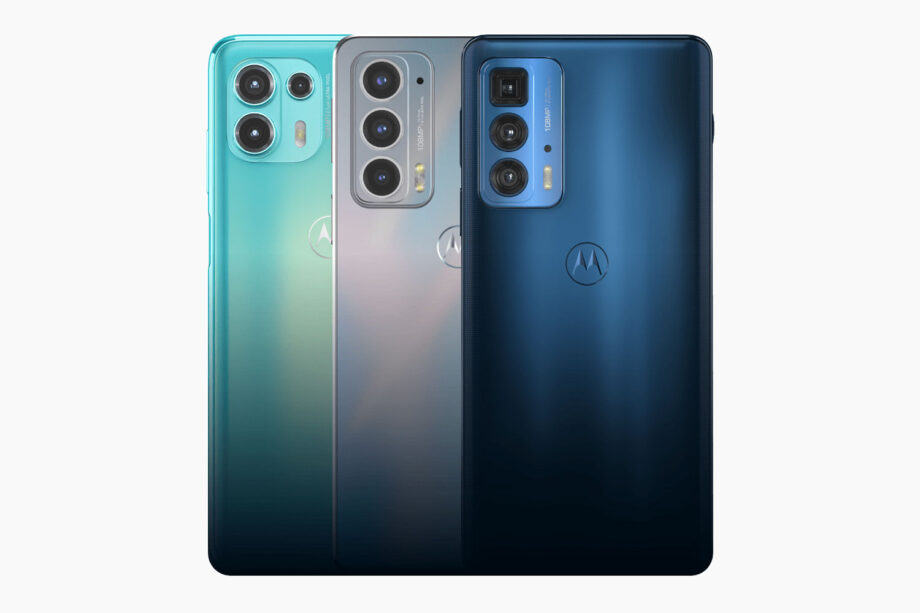 10/11
10/11
Motorola is a smartphone brand that has kept on hanging in there. Having been acquired by Google and later by Lenovo, the brand is still viewed as important enough to attract buyers. The nostalgia-inducing Motorola Razr flip phone from the early 2000s has no doubt helped to keep the Motorola name on the minds of many. Today, Motorola is predominantly about offering affordable phones that offer close-to-flagship specs, in attractive bodies, and that’s exactly what you get in the Motorola Edge 20.
The Edge 20 sits in the middle of a trio of Edge 20 devices – Edge 20 Lite and Edge 20 Pro being the other two – and it offers plenty to shout about, along with plenty to prevent you from spending a bit more to get the Pro device. It’s certainly an attractive device, being slim and easy to hold, despite there being a large 6.7-inch screen dominating the front. The screen is worth particular mention because it uses an OLED panel and offers a 144Hz refresh rate, higher than what you’ll find on Apple or Samsung devices. In use, it’s glorious, although you’re unlikely to notice any discernible difference between this and its aforementioned rivals.
Battery life can take a hit as a result, but you should easily be able to get a full day of use out of it before having to recharge. This isn’t a problem faced by just the Edge 20, of course, and if you’re a heavy user, expect the longevity of the battery to decline even further. On the back of the Motorola Edge 20 you’ll find a triple-lens camera system that utilises three useful sensors (the ones you want and none of the gimmicky ones you don’t). In well-lit conditions, you’ll be rewarded with some genuinely good pictures that offer great detail, and the addition of HDR processing means contrast levels are well-balanced. In low-light, the Edge 20 does suffer somewhat, so if you take night photos on the regular, you may want to look elsewhere.
All in all though, the Motorola Edge 20 is a compelling phone, and considering you don’t need to spend that much to get one, makes it genuinely appealing.
Vivo Y33s
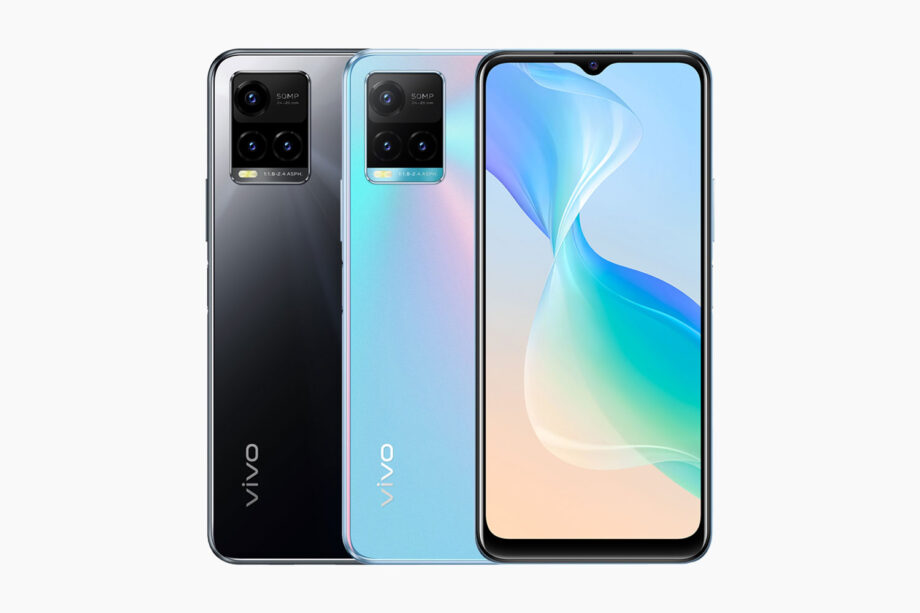 11/11
11/11
Vivo is a Chinese manufacturer of incredibly affordable smartphones, but before you begin assuming in your mind that they’re going to be a pile of rubbish, think again. Whilst they won’t exactly have the true flagships trembling in their boots, Vivo phones do still offer a genuinely useful experience and one that you should consider if you’re on a tight budget, or just need a second phone. The Vivo Y33s is a perfect example of this because, on first look alone, you wouldn’t necessarily assume this is a smartphone that will cost you just $300.
It is a predominantly plastic phone, compared to the metal builds of more expensive alternatives, but this is to be expected when you consider the price. It’s still a good-looking beast though and you even get a 3.5mm headphone jack, something that many other smartphones now omit. So if you still used wired headphones, this is a big plus. The Full HD+ display is pretty good too. It can suffer slightly when subjected to bright sunlight outdoors, but on the whole, it’s clear, detailed and joy to use.
We also can’t imagine many will complain about the speed of performance. Sure, you might be able to get into an app or load a web page a few nano-seconds quicker on a more expensive smartphone, but for the most part, there is much to shout about here. The Vivo Y33s will also handle games relatively well, although for some more intense mobile games, the resolution does have to be reduced slightly to help improve smoothness. A fair compromise if you ask us.
The triple-lens camera is also one of the best in the budget smartphone space and if you subject the Y33s to well-lit conditions you’ll be pleasantly surprised with the results in the pictures you take. However, as should be expected, nighttime shots aren’t the best. You’ll still be able to see what you’ve taken a picture of, but Vivo has had to employ a lot of behind the scenes processing in order to facilitate this. The result is a not-quite-authentic shot, although in the majority of cases, it will at least be free of any noise.
If you’re someone who regularly goes from budget phone to budget phone but is never quite satisfied, but are unable to afford the genuine flagships available, the Vivo Y33s could just be the best budget smartphone available right now.
